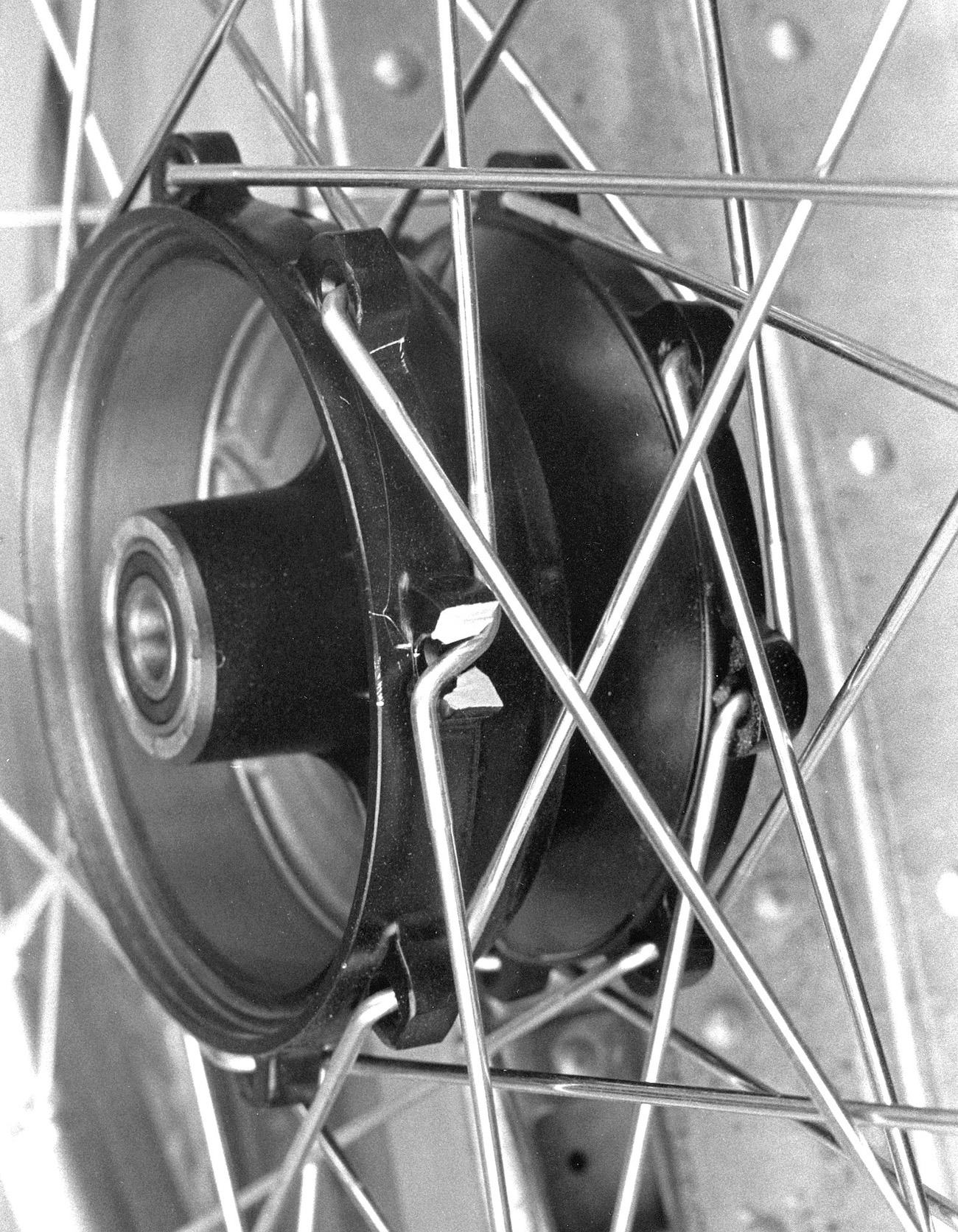FORGOTTEN MOTOCROSS TECH: HOW TO TURN 32 SPOKES INTO 16 SPOKES
Motocross history is filled with examples of creative ideas that were heralded as groundbreaking, but because of the rapid rate of change in development, sank into the swamp of forgotten technology. Although some are best left abandoned, others were truly innovative (if not ultimately successful). MXA reveals motocross’ tech trivia. Do you remember this idea? The Yamaha Z-spoke.
Nothing has really changed in the wheel world since the day the wooden wagon wheel was invented in 3500 BC. It is true that at some point in the 1800s, the basic wheel went from wooden compression spokes, where the spoke didn’t give but the rim and hub did, to tensioned wheels that used steel, wire-like spokes. A steel spoke does not work on compression the same as a wooden spoke does, but instead it works by the dynamic tension of tangential lacing. Contrary to common opinion, the hub is held in place by the wire spokes above it, not the spokes below it. The opposite is true of the wooden-spoked wheel. Motocross bikes are almost the last motorcycles to use wire-spoked wheels, as street bikes have gone to cast aluminum wheels, which are the modern version of wooden wheels.
In 1984 and 1985, Yamaha broke with convention and designed the “Z-spoke.” Instead of 32 individual spokes connected from the hub to the rim, the Z-spoke ran contiguously from one side of the rim’s circumference to the opposite side through the hub flange. There was a Z-shaped bend where the long spoke passed through the hub, which is where the Z-spoke derived its name. With half as many spokes, but twice as many long spokes, Yamaha hoped that the flex characteristic of the Z-spoke would absorb loads better than short, straight spokes. To the engineer’s dismay, the long Z-spoke bowed in the middle and broke the hub at the spoke hole.
Once the problem was exposed on the 1984 models, Yamaha tried to fix it in 1985 with a stouter Z-spoke. But, what they really needed was a stronger hub flange. The Z-spoke didn’t disappear completely, as Yamaha kept it on some trials and enduro bikes for a few years; but, as a motocross product, it was dead.








Comments are closed.